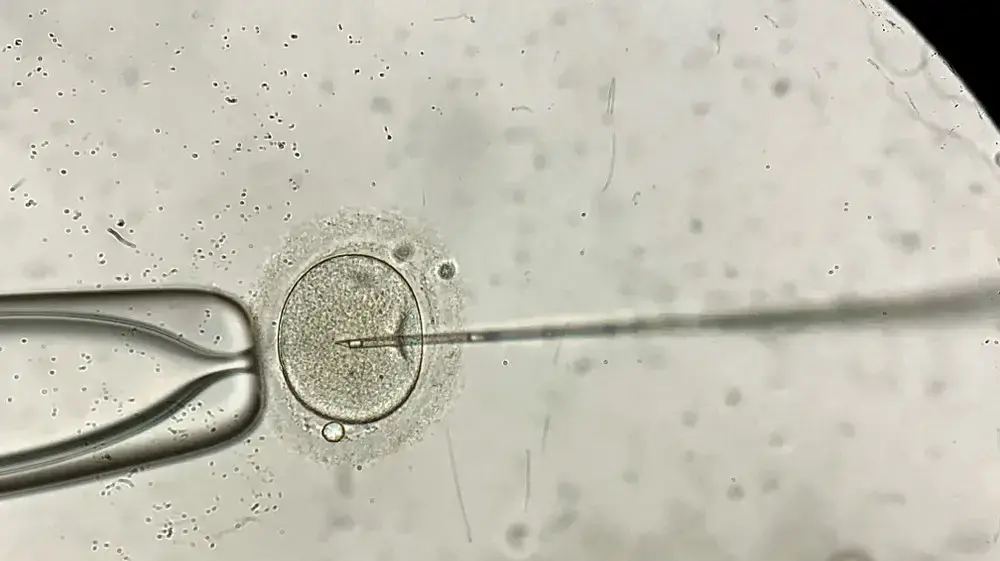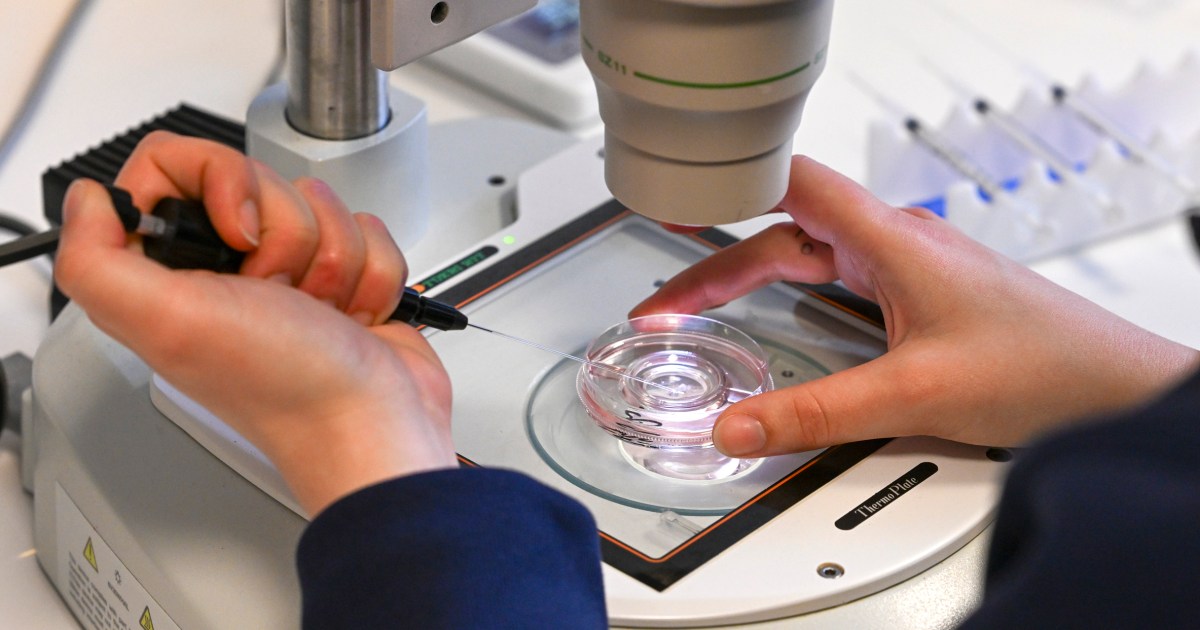Given the enormous importance of the problem of prematurity for babies, families, the health system and society in general, every November 17 we commemorate World Prematurity Day, among other things, to remember and update the relationship between premature births with assisted reproductive techniques.
Babies who are not born full-term —from week 39 to 41 of gestation—, some 22,000, represent 7% of those born in Spain each year.
Every year 15 million babies are born prematurely around the planet: the most vulnerable are those born before the 28th week and are considered extremely premature.
According to the World Health Organization (WHO), prematurity is the leading cause of death in children under five years of age, and caused nearly one million deaths in 2013.
For a long time, the increase in prematurity has been associated with multiple births, associated with assisted reproductive techniques.
The International Federation of Gynecology and Obstetrics (FIGO) published in 2021 some recommendations to reduce the number of premature births in pregnancies due to assisted reproduction.
The main indication was the transfer of a single embryo in the techniques associated with in vitro fertilization.
For this reason, the transfer of a single embryo has become widespread in assisted reproduction units, with the consequent drop in multiple pregnancies to figures close to those of the general population.
More information
World Premature Day: the loneliness of being born prematurely in the midst of a pandemic
However, assisted reproduction continues to be related to the increase in prematurity, and even this year several studies show that the percentage of premature births is higher in children gestated through these techniques.
A study published by Wang, a Chinese scientist, and his collaborators in the prestigious
JAMA
journal in February 2022, which included 14,370,920 pairs of mothers and newborns, associated fertility treatment with premature single births.
Newborns who were conceived using fertility treatment had higher rates of very preterm and extremely preterm delivery than those who were born without using these techniques.
However, they found no explanation for this association.
More striking is the study by Sanders et al., published in March of this year, which aimed to describe associations between fertility treatment (in vitro fertilization, intrauterine insemination, or ovulation medication alone) and preterm birth, compared with no treatment in infertile women.
The results showed that women who used IVF were 4.24 times more likely to have a preterm birth than those who did not use any treatment.
The use of intrauterine insemination was 3.17 times more likely to have a preterm birth than those who did not use any treatment at the time of conception.
Ovulation-stimulating drugs were 2.17 times more likely to end in preterm labor.
Having female factor infertility was also associated with higher odds of having a preterm birth.
The authors recommend that women who have trouble conceiving try less invasive treatments—such as ovulation induction therapy and insemination—to achieve pregnancy, which may reduce the risk of preterm labor.
The results of prematurity and assisted reproduction in Spain, derived from the National Registry of Assisted Reproduction Techniques, have shown over the years a relationship between premature birth and the age of the woman, since the highest percentage occurred in the oocyte donation, a technique in which there are women over 40 years of age.
The data from 2019 offered a preterm delivery rate in this technique of 18%, compared to 12% in in vitro fertilization with own oocytes (and a lower average age).
The latest figures from the registry, published last October and dating from the year 2020, made us feel optimistic, since the premature rate fell in both cases: 11.5% in techniques with their own ovules and 16% in oocyte donation.
However, international studies have shown that we must not lower our guard.
Future research should consider interventions that may prevent preterm birth among these high-risk populations of infertile women, regardless of the type of treatment received.
From the NeNe Foundation, whose ultimate goal is to reduce the rates of disability associated with acquired neurological problems in newborns, we want to highlight, on World Prematurity Day, the need to continue research on fertility and assisted reproduction techniques, particularly , studying in depth what may be the causes that associate prematurity with infertility to help prevent it.
Rocío Núñez Calonge
is a doctor in Biology, an expert in Bioethics and Assisted Reproduction and patron of the NeNe Foundation, a non-profit organization whose main objective is training, research and dissemination of newborn neurological problems.
You can follow Mamas & Papas on
,
or sign up here to receive
our biweekly newsletter
.








/cloudfront-eu-central-1.images.arcpublishing.com/prisa/AR4TPPVGS5HKNAVGMCEWHZZT64.jpg)






